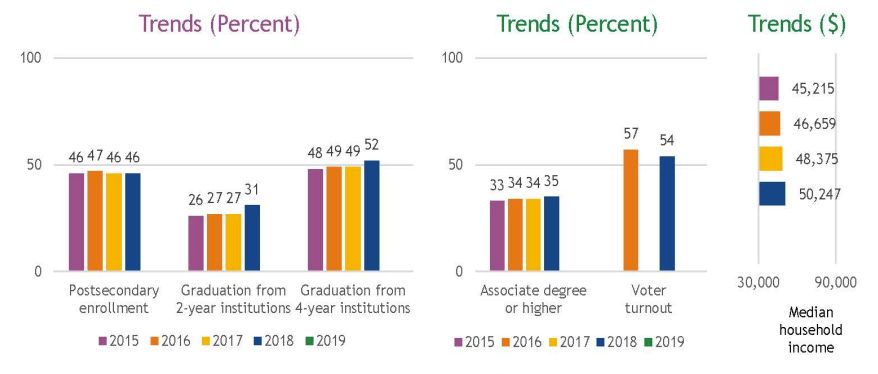Are A Levels Higher Education? Yes, they are. But there’s more to it than meets the eye. In this article, we will look at the difference between these different levels. Learn more about A Levels and the differences between them. And if you’re not sure what these levels mean, read on to find out more about each one. Listed below are some of the benefits and disadvantages of each. If you’re unsure about which ones to study, read on!
ISCED level 5
The ISCED (International Standard for Co-ordinated Education Development) system classifies educational programmes into five levels: undergraduate, postgraduate, and tertiary. The three levels of education, ISCED level 3 through 6, are designed to provide participants with sufficient knowledge and skills to enter advanced research programmes. ISCED level five programmes are often similar in content to those at the lower levels, but they do not lead to Doctoral degrees.
ISCED level 7
Higher education is a type of higher education that includes postgraduate study, graduate study and research degrees. The ISCED classification is used for higher education qualifications awarded by universities and colleges, as well as by teacher training institutions. The ISCED level 7 is higher education and consists of doctorates, postdoctoral qualifications, and comparable programmes. These programmes are designed to provide a pathway to higher education. They may also be used for employment purposes.
ISCED level 8
The term ‘higher education’ has several meanings. This definition of higher education includes tertiary degrees, post-secondary qualifications, and vocational training. This post-secondary level generally offers the same qualifications as tertiary courses, but is often defined by the occupations that are being studied. In Austria, a College of Higher Vocational Education is now classed as an ISCED Level 5 institution.
ISCED level 9
ISCED level 9 is higher education. This level consists of two different types of education. The first level is the secondary level, which is usually two or three years. The other level is the post-secondary level, which can last anywhere from two to five years. The levels of education are not necessarily equivalent, and they may not even be equivalent. However, they do have some similarities. The higher level programs may be more advanced, or they might be less.
ISCED level 10
ISCED levels are based on the academic achievement of a student. These levels are generally higher than the ones offered by secondary education. The first level, ISCED level 5, is for programs that are not yet Bachelor’s degrees, but are two years long. These levels include vocational programs. ISCED level 6 is higher education proper and includes prototypical Bachelor’s degrees and other qualifications. Typically, a student must have completed level 5 before progressing to ISCED level 6.
ISCED level 11
The ISCED system of levels is the world’s most widely recognized and respected method for measuring the quality of education. The level is generally designated by a letter, beginning with ISCED level five. These levels include all types of programs below a Bachelor’s degree and require at least two years of full-time study. These levels include vocational programs and other forms of education. After ISCED level 6, higher education begins properly. These programs provide the prototypical Bachelor’s degree and other qualifications.
ISCED level 12
The ISCED system uses levels to classify higher education programs. The first digit identifies programs in the pre-primary, primary and secondary education levels. The second digit identifies the type of education program, which can be either general or vocational. Higher education programs fall into one of two categories: vocational and academic. The vocational category includes programs with specific occupational requirements. The academic category includes all other types of education.
ISCED level 13
ISCED levels are a common way to categorize education programmes in different countries. In general, levels 5-8 represent tertiary education, while levels 13 and higher refer to higher education. ISCED 0 covers early childhood educational development programmes, aimed at children under three years of age. The ISCED system has been adopted in all EU data collections since 2014.
ISCED level 14
ISCED level 4 is a bridging course between postsecondary education and secondary school, ranging in length from six months to two years. The courses typically do not represent significant advancements over upper secondary programmes, and serve primarily to broaden the knowledge of participants who already hold an upper secondary qualification. ISCED level 4 programmes also do not lead to advanced research qualifications. In most countries, ISCED level 14 is equivalent to ISCED level 6.
ISCED level 15
ISCED level 15 is a degree which is considered to be higher education. These programmes have more complex educational content than ISCED levels 3 and 4. They may be more theoretically based, practical, or occupation-specific. Typically, participants must have completed ISCED levels 3A or 3B before being accepted into ISCED level 5 programmes. Various national degree structures and qualifications are cross-classified according to ISCED levels.

